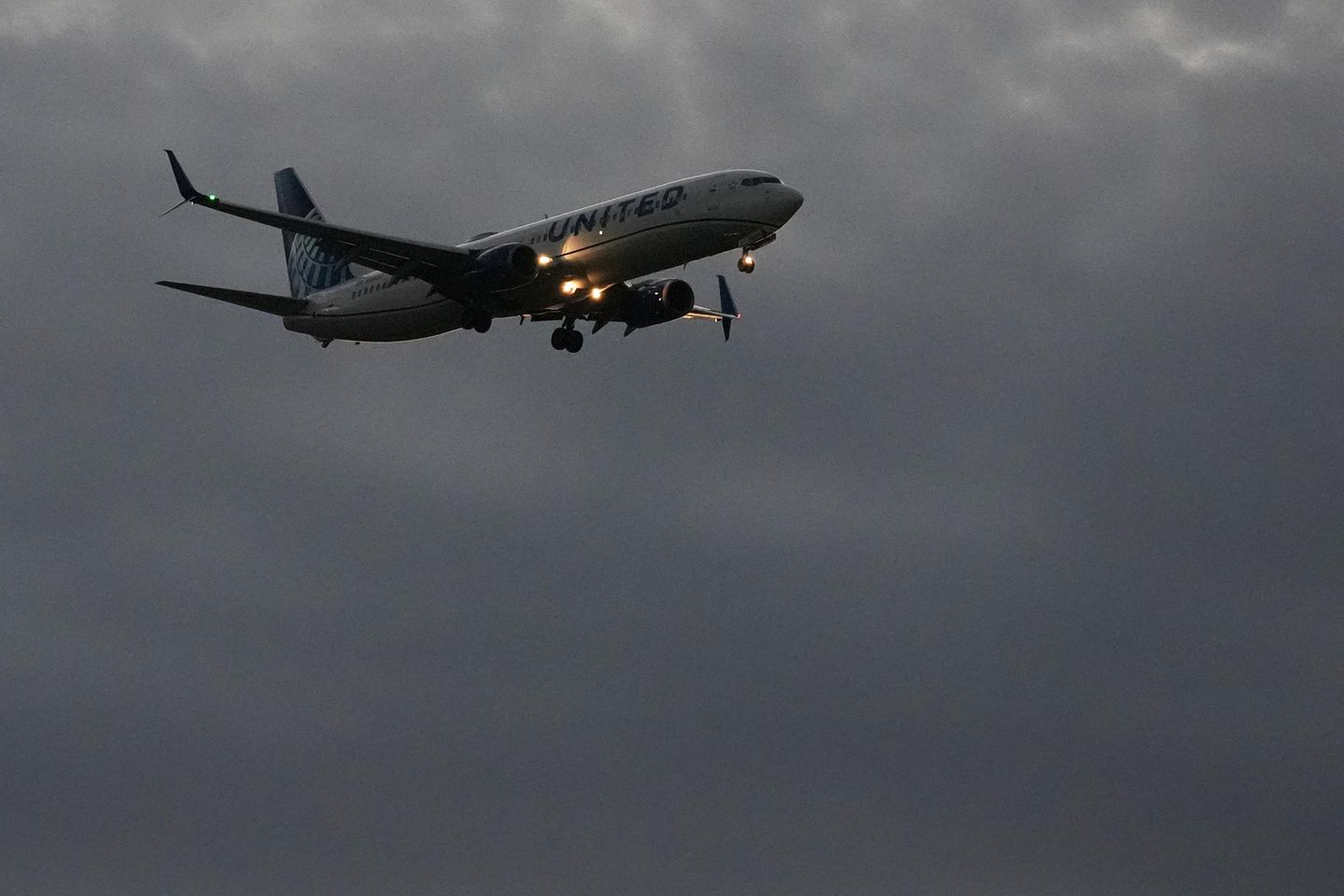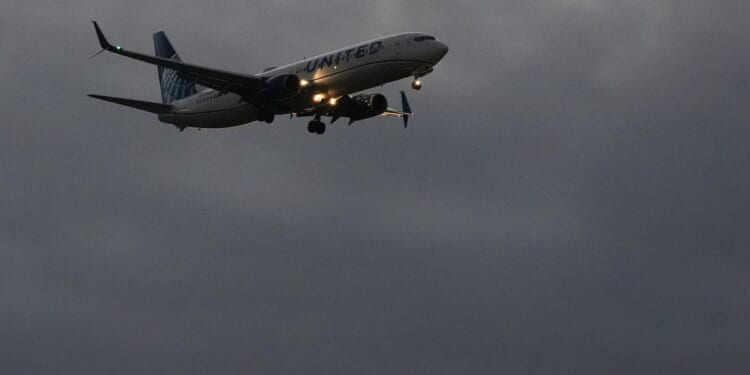
Anxious passengers arrived Friday at airports across the U.S. only to find long lines and flight delays as the first day of government-ordered air service reductions began.
Hundreds of flights have been cut at major U.S. airports as part of the Federal Aviation Administration’s effort to phase in 10% reductions because of the government shutdown.
Even more cancellations are expected over the weekend as airlines scramble to rebook as many customers as they can.
The FAA is imposing the reductions to take pressure off air traffic controllers, who are federal employees and have been working without pay during the shutdown.
Experts have advised travelers to check flight statuses before heading to the airport, among other tips.
Here’s what to know about the reductions.
Cara Bergeron arrived at George Bush Intercontinental Airport in Houston at 4:30 a.m. Friday to what she described as the longest line she’d ever seen there.
“It was snaking around all different parts of the regular area,” said Bergeron, who made it to her gate nearly two hours later at 6:10 a.m. for a flight to visit her father in Atlanta.
After landing, Bergeron said the plane remained on the runway around 45 minutes.
When Mya Pipkin, 18, arrived at the Houston airport at 2 a.m., the TSA line wasn’t moving. People were even lying on the floor as if they’d been stuck there for hours, she said.
The line started to move around 2:55 a.m., Pipkin said after arriving in Atlanta.
The Atlanta airport is one of 40 selected by the FAA for reductions that span more than two dozen states and include other hubs such as Dallas, Denver, Los Angeles, Miami and Newark, according to an order published by the agency Thursday evening. A full list of affected airports can be found here.
More than 815 flights have been called off nationwide, according to FlightAware. Delta Air Lines said it would scratch roughly 170 flights Friday, and American Airlines planned to cut 220 daily through Monday.
Three percent of all U.S. flights scheduled for Friday – or 748 flights – had been canceled as of 6 a.m. ET, while about 1.7% of Saturday’s flights had been canceled, according to aviation analytics firm Cirium.
Air traffic controllers have gone without paychecks during the shutdown. That has led to controllers calling in sick and contributed to staffing shortages that have affected air travel for weeks.
Most controllers work mandatory overtime six days a week during the shutdown without pay, the National Air Traffic Controllers Association has said.
Airlines will phase in reductions at the direction of the FAA, starting by eliminating 4% of flights at the targeted airports and building to 10%, according to the agency’s order.
United Airlines will cut 4% of its flights this weekend based on guidance from the FAA, said company spokesperson Josh Freed.
The cuts could include up to 1,800 flights and about 268,000 seats combined, according to one estimate.
United and Delta both said they would offer refunds to travelers who opt not to fly, even if they have tickets that aren’t normally refundable.
The cuts also could disrupt package deliveries because two airports with major distribution centers are on the list. FedEx operates at the Memphis, Tennessee, airport and UPS in Louisville, Kentucky, where there was a deadly cargo plane crash this week.
The pain was lessened a bit Friday for some flying United and American as both airlines said they were able to quickly rebook most of their travelers affected by the cuts.
The vast majority of the more than 80% rebooked by United Airlines have been scheduled to reach their destinations within four hours of their original plan, a spokesperson said Friday.
___
Associated Press writers Mike Catalini in Trenton, New Jersey, Hannah Schoenbaum in Salt Lake City and Charlotte Kramon in Atlanta contributed reporting.










